I’ve saved the best for last, in the Portsmouth/Gosport museum reviews. The Explosion! Museum of Naval Firepower may be the least well-known of the National Museum of the Royal Navy sites, but I think it’s the most interesting. Or, put another way, it’s the one I would return to first.
I may be a little odd in this, but I really get turned on by seeing museum exhibits that are famous, rare, unusual, or stuff that I just didn’t know about – and this museum has lots of those for me. You turn a corner and go “Oh wow! That’s a Whitehead torpedo!” or “That’s a Hedgehog mortar round!”.
The museum is at Priddy’s Hard, so named because it was a 40-acre piece of land¹ on the foreshore opposite Portsmouth purchased by the government in the early 18th century from the Rev. Thomas Missing and Jane Priddy. The shoreline was fortified in 1756 with ramparts and a powder magazine. Over the next 200 years it grew into an armaments depot and a major munitions factory with a cooperage (to build the wooden gunpowder barrels in the early years), laboratories, magazines, stores, wharves, and a miniature railway. Its history can be roughly divided into two eras: the Gunpowder years when the facility was supplying the Royal Navy’s wooden ships with tons of fresh gunpowder and shot, and the Cordite era from 1893 when the Navy switched to slower burning but more powerful cordite (bundled like spaghetti) in its shells.
Priddy’s Hard eventually closed in 1989, but the local expertise in munitions was retained next door in the Integrated Weapons Complex at Elson (you drive past it on the way to the museum) where they prepare, repair & maintain missiles. Opened in 1973, it was responsible for preparing the Sea Slug, Sidewinder and Exocet missiles for the Falklands & Gulf Wars.
So, what’s at the Museum of Naval Firepower?
Well, the museum itself is based in the buildings around the Grand Magazine built in 1771 and now used as an events space and for temporary exhibitions. The focus to start with is the history of the site as a munitions factory, and the experience of the workers who worked there. It was a pretty extreme environment. Not just because of the ever-present threat of an accidental explosion and the rigorously strict regime that went with it, but also because of the nature of the chemicals involved.
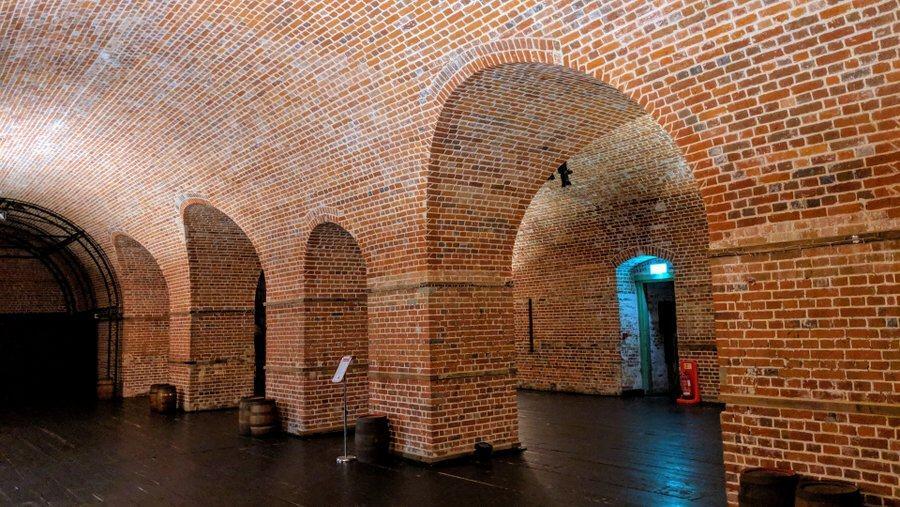
Munitions Factory History
The logical tour of the museum starts with a recreation of the changing areas and workshops with loads of photos and personal testaments on display. Like that of Inspector of Naval Ordnance, Gladys Harget, who recalled how Concentrated Explosive Powder was like lemonade powder that turned her skin yellow and her hair, orange. Bill Bufton, a laboratory boy in 1930, remembered that Cordite MD & Cordite MD produced severe headaches especially on Mondays after the weekend away from it.
Safety was paramount, and it’s interesting to see the strict protocols in place like the ‘red barrier’ marking the transition from ‘dirty’ to ‘clean’ zones in the changing rooms.
Missile Gallery
The Missile Gallery² has some interesting missiles, though not particularly rare. You can see many of them in other missile galleries in other museums (Eg RAF Hendon & Cosford). The Sea Slug – a ship-to-air missile designed in the 1950s to target high-flying aircraft (75,000ft) at long range (25 miles) – with its banded booster rockets attached at the front end, is a pretty weird missile. Unlike the elegant-but-deadly, ship-killing Exocet, which really is a missile-shaped missile!
The missile gallery can be a little confusing if you don’t know any of the missiles already. The signage wasn’t great. It really needs to be clearer about which missile is which.
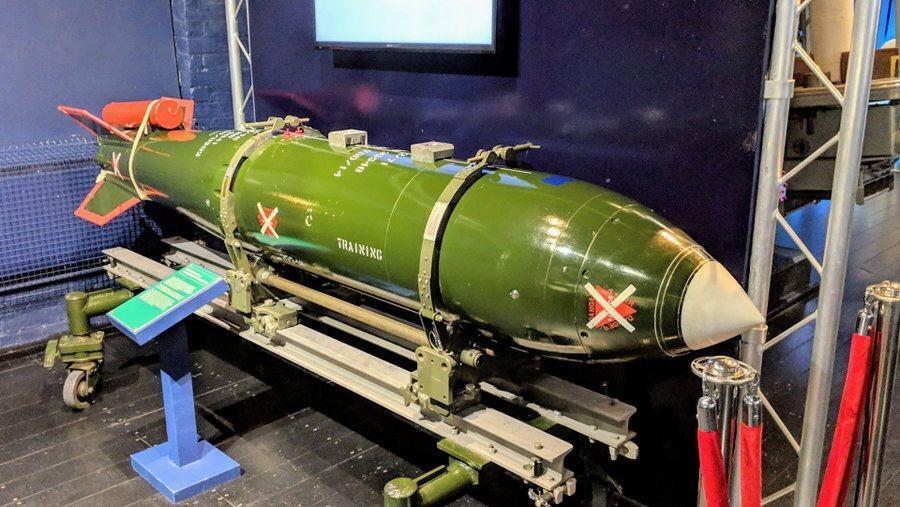
The gallery ends with a bang. Not a missile but a 450-kiloton nuclear bomb (training dummy, obs!).
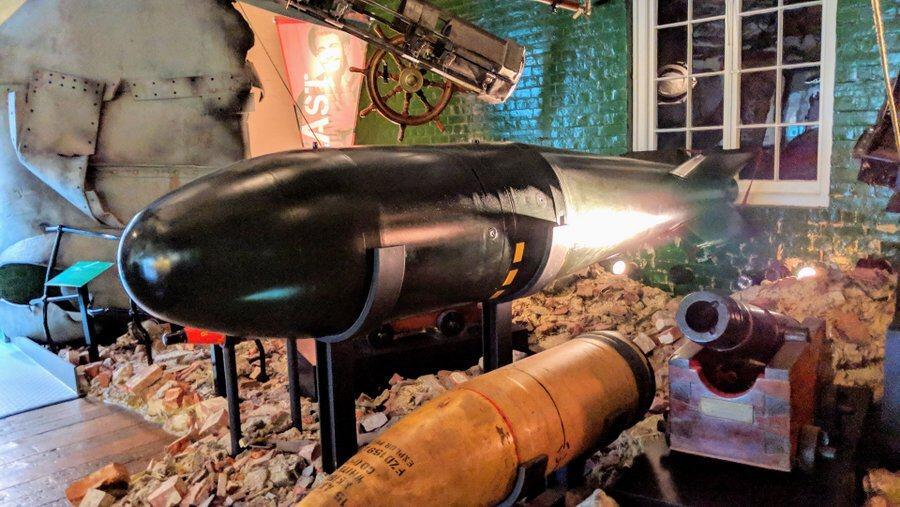
It is not the only nuclear device on the premises. In the ticket hall at the entrance there’s a display of several munitions including a rare Red Beard nuclear bomb. I hadn’t heard of it before. Britain’s first nuclear bomb was the Blue Danube, but, 24ft in length and weighing 10,000 pounds (4536 kgs) it was simply too big & heavy to be carried by RN Fleet Air Arm aircraft in the 1950s. So this smaller, tactical 25-kiloton nuclear bomb was designed. It was replaced in the late 1960s by the WE 177 bomb displayed in the Missile Gallery.
Torpedo Gallery
The torpedo gallery² has an impressive collection of historic and modern torpedos with interactive signage on display panels. Look out for the famous Whitehead torpedoes, the world’s first self-propelled torpedo. There’s a Mark 1a made around 1872 for the Royal Navy at the Woolwich arsenal, and above it, a later version. The mighty 21″ modern torpedoes in the gallery are pretty awesome weapons, but so is the small 12″ Sting Ray air-dropped acoustic homing torpedo with its shaped charge designed to break through the thick pressure hull of a submarine.
Depth Charge Gallery
In a glass enclosed passageway between halls there is a small collection of anti-submarine depth-charges and mortars. These are historic weapons that you don’t see often. Depth charge throwers and the forward firing Hedgehog mortars were the primary weapons that brought destruction and defeat to the U-boats during the battle of the Atlantic in WW2, as did the Squid 12″ mortar in the closing stage of the war.
Naval Gun Gallery
The Naval Gun Gallery² has a collection of historically significant naval guns (up to 6″), highlighting technological developments through the 20th century, like the innovative Vavasseur Mounting that used gravity to reset recoil, and the quick firing Oerlikon cannon. There’s also a display of over 100 naval shells of varying sizes and types (feature image).
Sea Mine Gallery
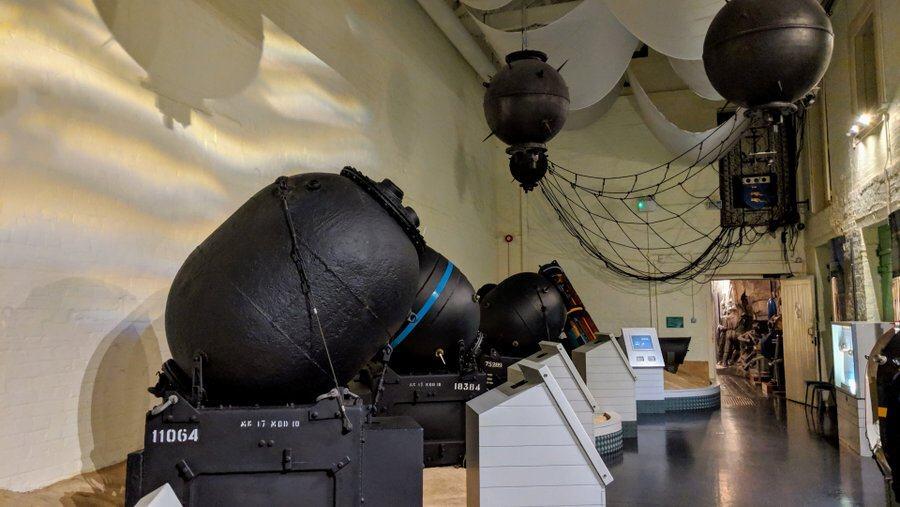
The Sea Mine Gallery² is another section of the museum focusing on a collection of weapons that usually don’t get that much attention – you’ll see a single mine here and there in military museums (like the Mk3 tethered mine parked in the corner of the D-Day museum in Arromanches), but this a whole section devoted to mine warfare. It has Mk17 acoustic and contact (switch-horn mines) from the WW2 period, and modern ground mines & magnetic mines. I need to return and spend more time in here.
The Stores & Miscellany
After the Sea Mine Gallery on the logical route through the museum comes a gallery with several themes and miscellaneous items, such as a five-barreled Hotchkiss 37mm machine gun from 1889. One section focuses on packaging. Why not? As an armaments factory and depot, the munitions Priddy’s Hard supplied had to be packaged up in wooden or metal boxes & crates. There’s a stack of ammunition boxes, many with their ‘P.Hd’ mark on them, and displays explaining the markings.
The Driveway
The museum displays its bigger items outside, along the sides of the Driveway² into the museum. It’s interesting to see them close up, and they highlight the transition from naval gunnery to missiles.
Other Portsmouth Posts
| Portsmouth Historic Dockyard | HMS Victory & Nelson | HMS M33 |
| Mary Rose | Submarine Museum | Explosion! |
| HMS Warrior | D-Day Story | Visiting Portsmouth |
¹ By 1945 Priddy’s Hard had been expanded to 100 acres.
² My name for it, not theirs.
Declaration: No need. I was visiting Portsmouth/Gosport on my own. All entrance fees (I’m a NMRN member), accommodation, petrol, etc paid by me.
Factbox
Website:
Explosion! Museum of Naval Firepower
Getting there:
Explosion! Museum of Naval Firepower
Heritage Way
Priddy’s Hard
Gosport
Hants PO12 4LE
If you drive, then the museum is easy to get to and there is parking in the grounds. It’s a good option because you can combine your visit with the Royal Navy Submarine Museum 15 minutes away (3.5 miles) where you can also park.
If you are on foot, then you can take the Waterbus to the museum from Portsmouth Historic Dockyard or the Royal Navy Submarine Museum.
Entry Price:
The Portsmouth Historic Dockyard tickets cover Explosion! Museum of Naval Firepower, the Submarine Museum, and almost all attractions in the Historic Dockyard on the other side of the port, namely HMS Warrior, HMS Victory, Boathouse 4, Harbour Tours, Action Stations, HMS M.33, National Museum of the Royal Navy Portsmouth, and Dockyard Apprentice. The Mary Rose is a separate ticket.
| Any 1 Attraction* | Any 2 Attractions | Any 3 Attractions | Full Navy | |
|---|---|---|---|---|
| Adult | £18.00 | £25.00 | £32.00 | £31.00 |
| Child (5-15) | £13.00 | £18.00 | £23.00 | £18.50 |
| Concession (60+ or Students) | £17.00 | £23.50 | £30.00 | £27.00 |
| Family 1+3 (1 adult & up to 3 children) | £37.60 | – | – | £48.00 |
| Family 2+3 (2 adults & up to 3 children) | £49.60 | – | – | £68.00 |
* Explosion Museum and Royal Navy Submarine Museum count as one attraction for ticketing purposes.
You can see, the pricing is designed to steer visitors to “Full Navy” tickets, which give access to all the attractions on site (except Mini Ports, Laser Quest and Mary Rose) and the other side of the harbour, for a whole year.
However you might also consider NMRN Membership, which gives you a year’s access to all these attractions AND to the Fleet Air Arm Museum in Yeovilton, Somerset, HMS Trincomalee in Hartlepool, and HMS Caroline in Belfast. You also get 25% discount for up to 4 friends & family members, and discounts on NMRN food outlets & shops. You also get their ‘Scuttlebut magazine, which actually a seriously good read! Membership costs £48.00 Single, £66.00 Couple, £78.00 Family.
Look out for Special Offers online. Eg. currently there’s a ’14 months for 12′ deal on Full Navy tickets.
There is a Gift Aid option on tickets (which allows the NMRN to reclaim 25p tax for every £1 spent).
Opening Hours:
The Historic Dockyard is open on all days around the year (apart from the usual December breaks), but the two sites on the Gosport side of the harbour have different timings. In particular, Explosion! The Museum of Naval Firepower only opens on weekends during the winter.
Explosion! The Museum of Naval Firepower
| WINTER (29 Oct 2018 – 25 Mar 2019) | SUMMER (26 Mar 2019 – 27 Oct 2019) |
|---|---|
|
Closed Monday – Friday. Open Saturday and Sunday. (10:30am – 4.30pm) Last entry: 4pm. |
10.00am to 5:00pm Daily Last entry: 4.30pm. |

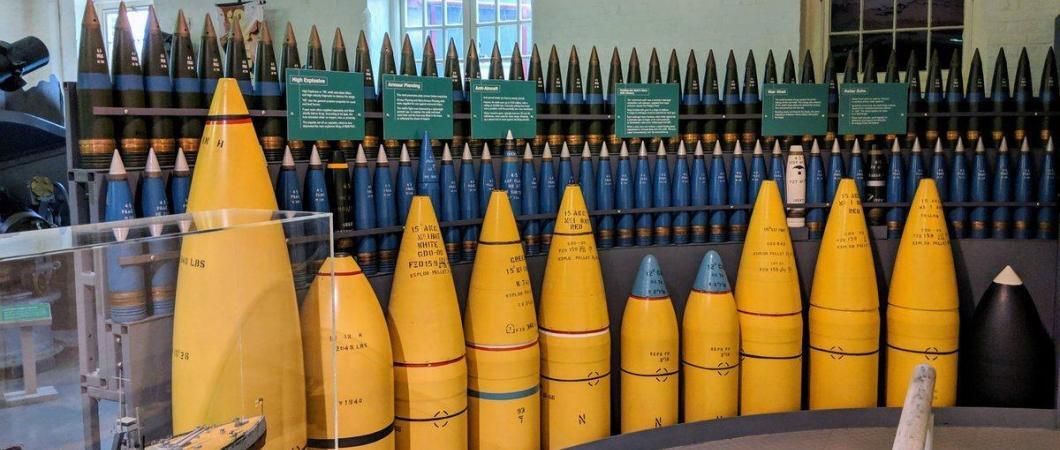
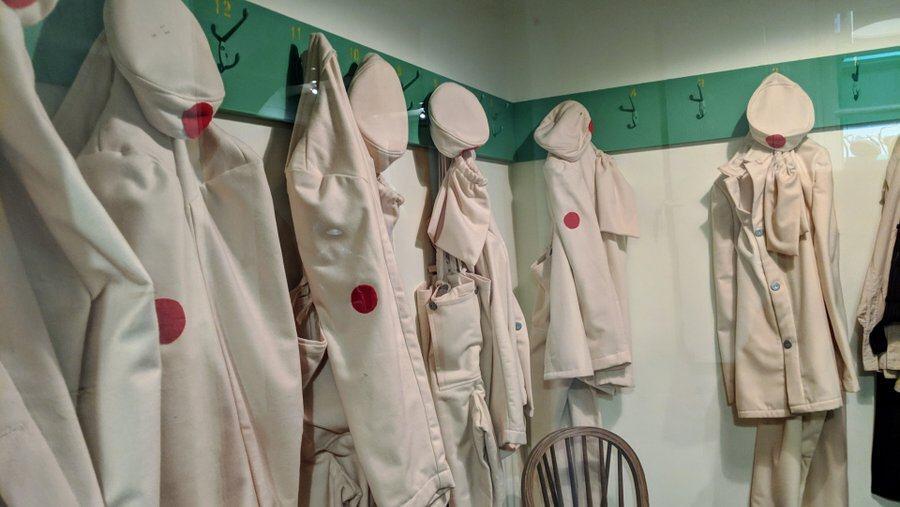
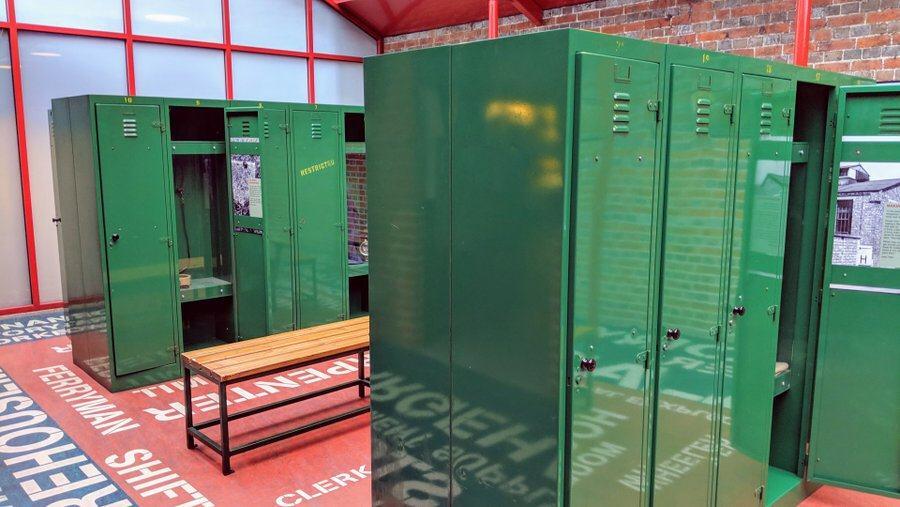
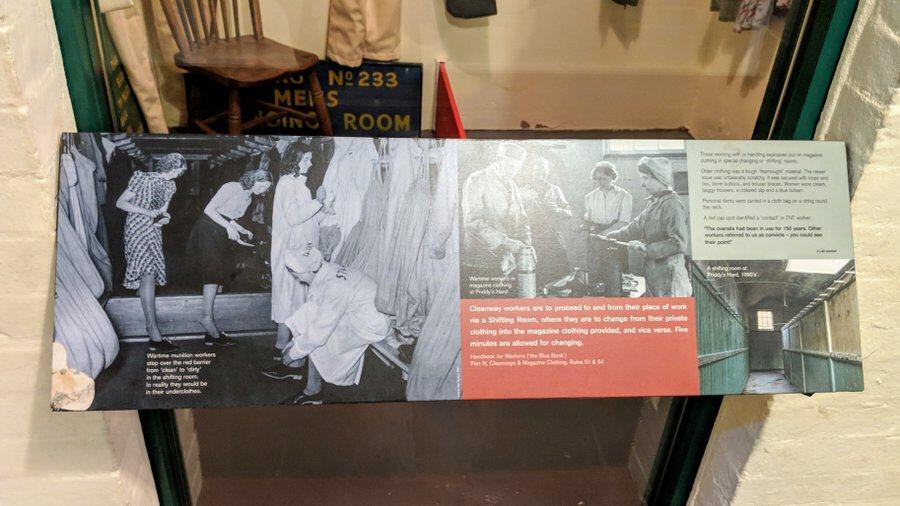

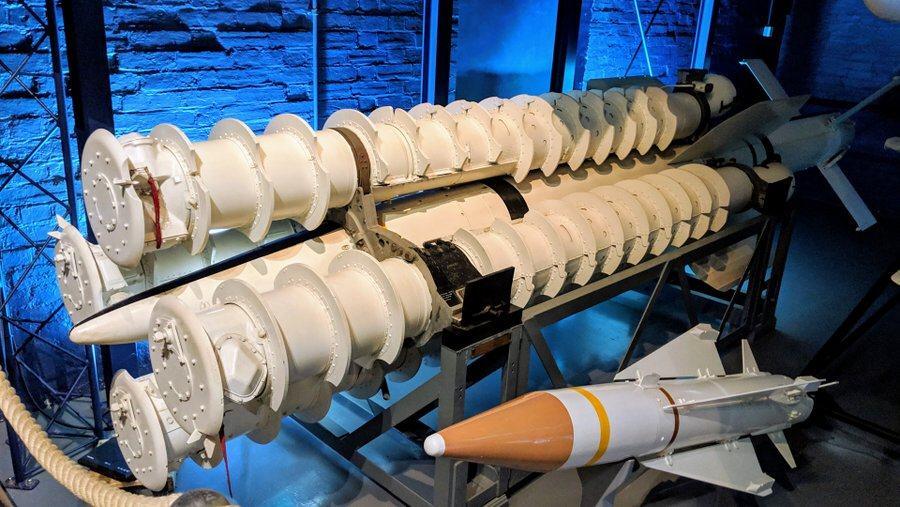
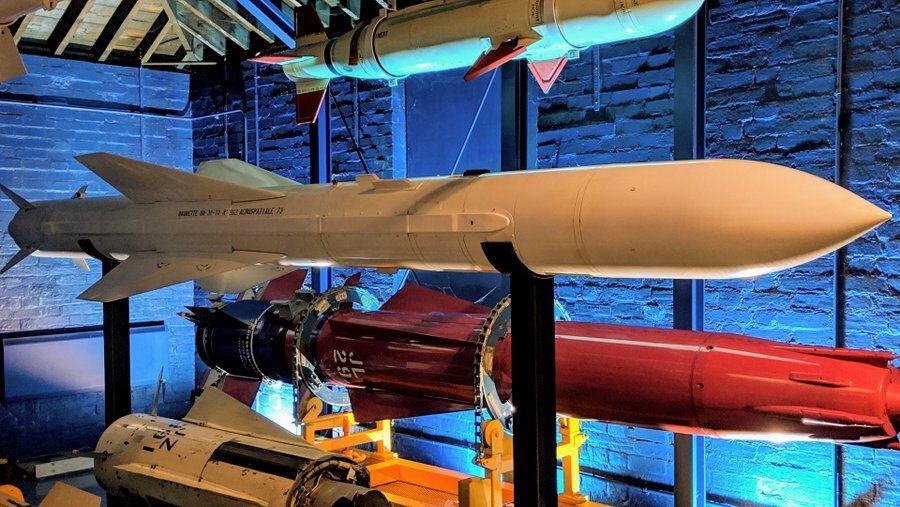
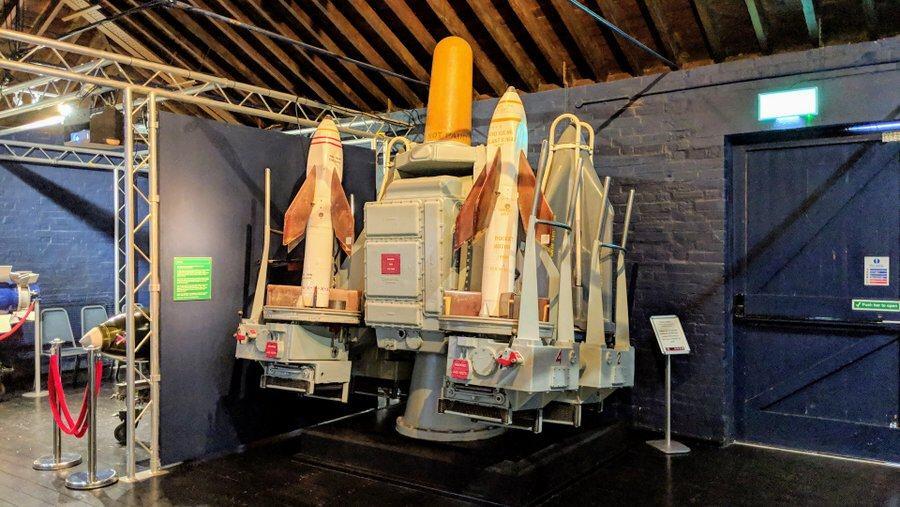
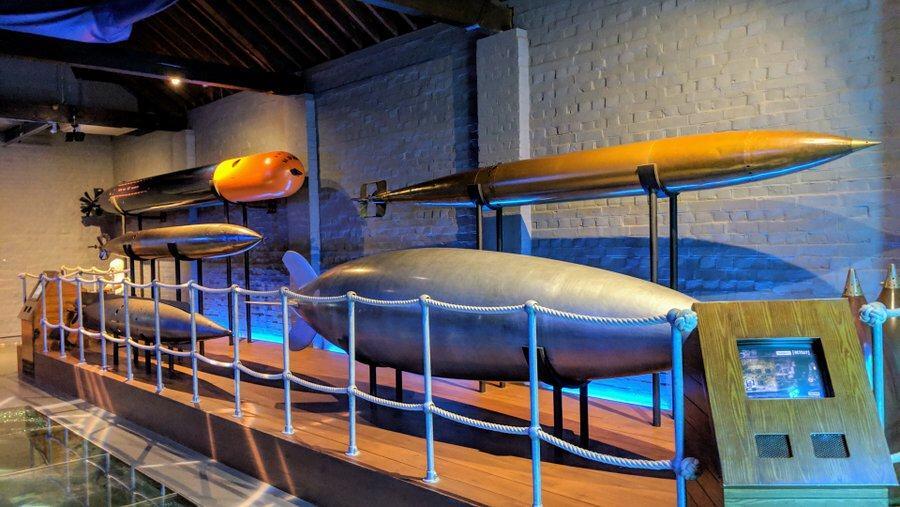
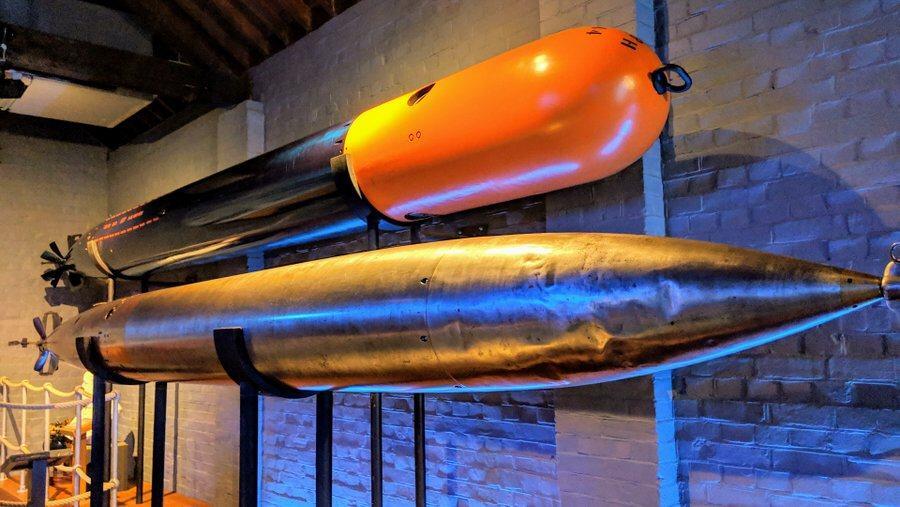
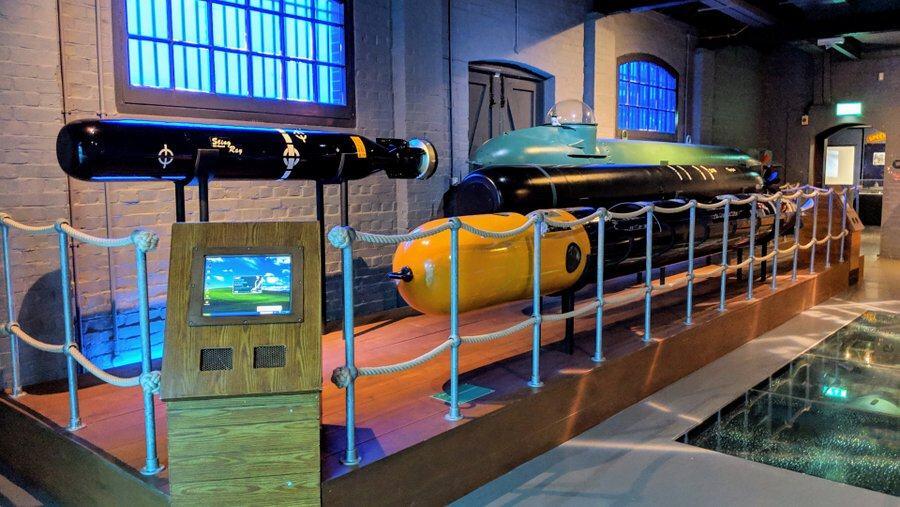
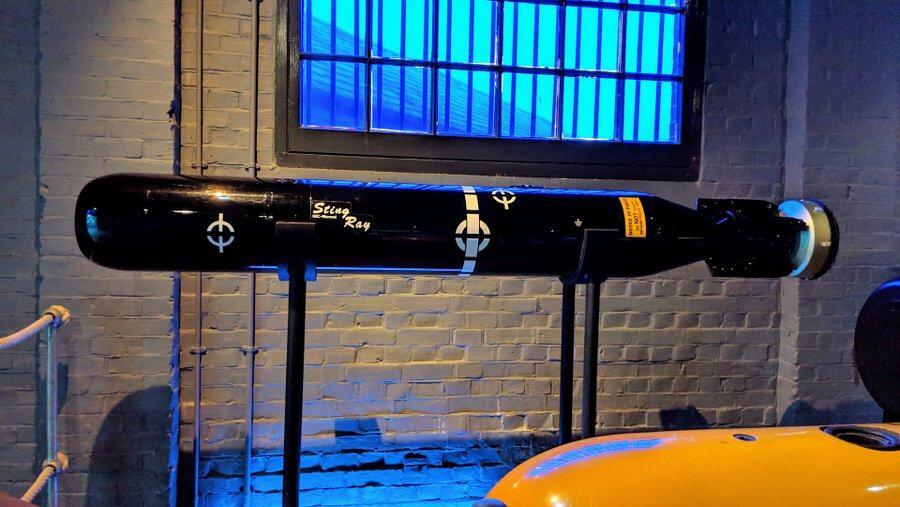
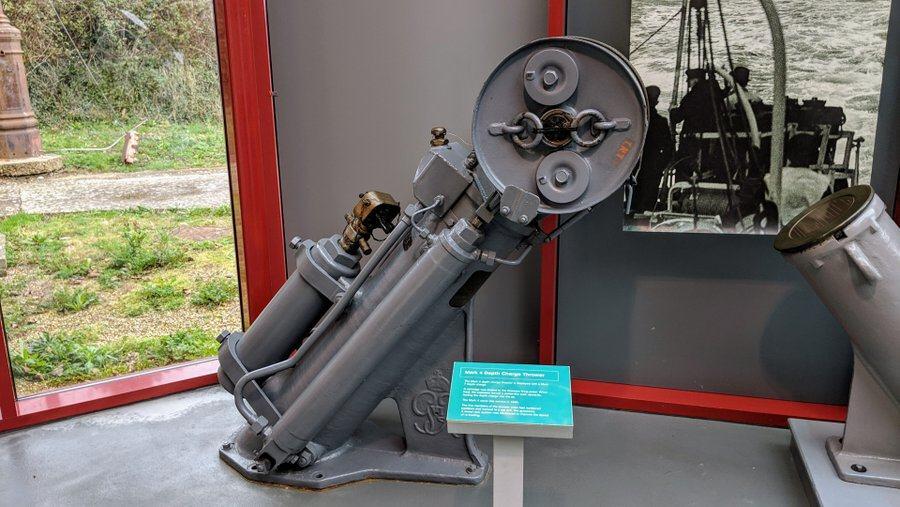
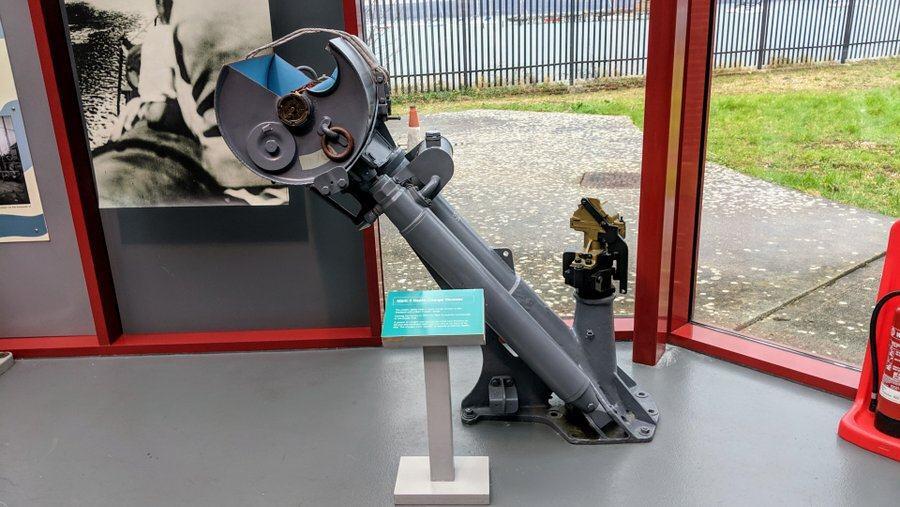
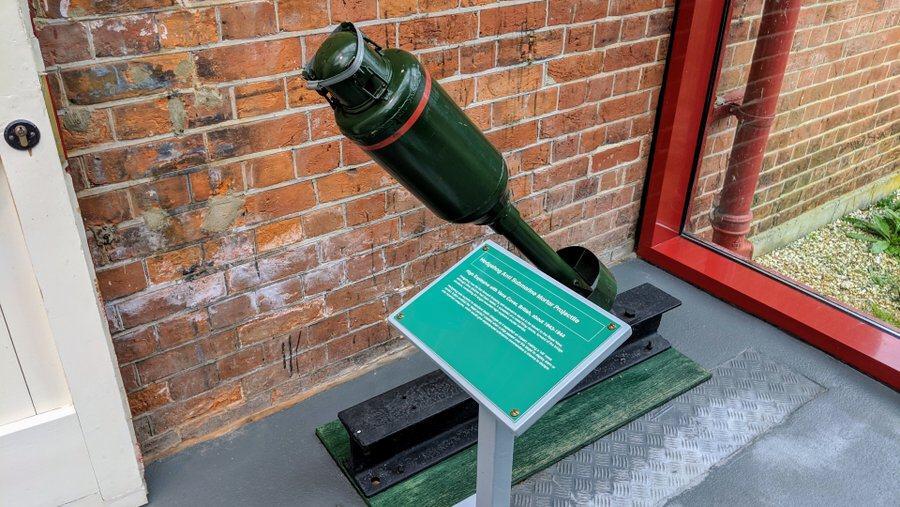
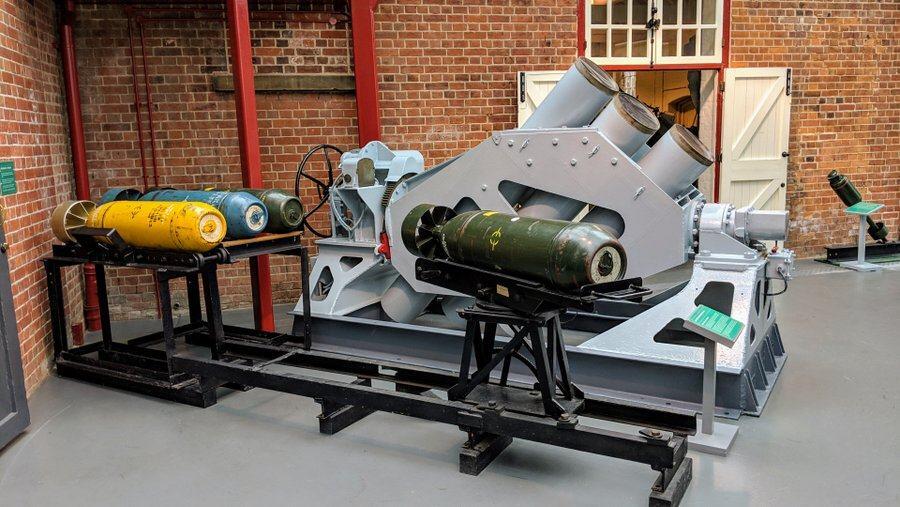
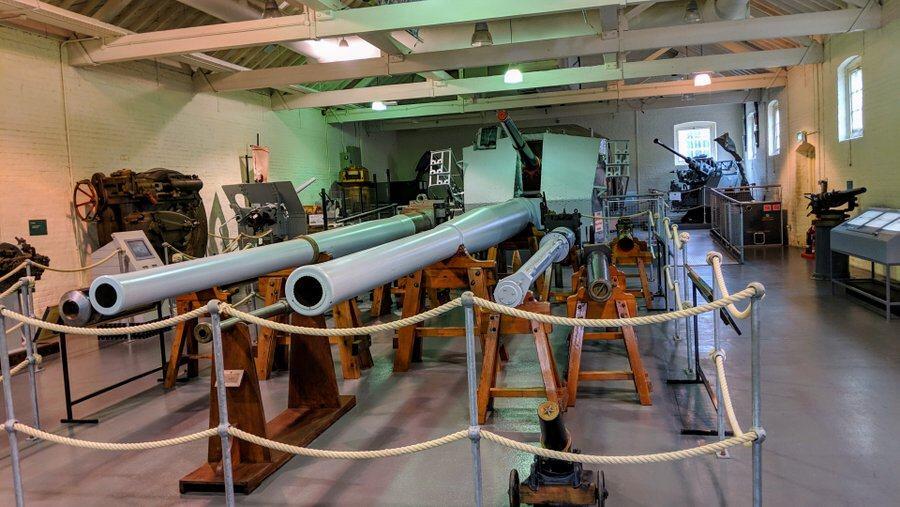
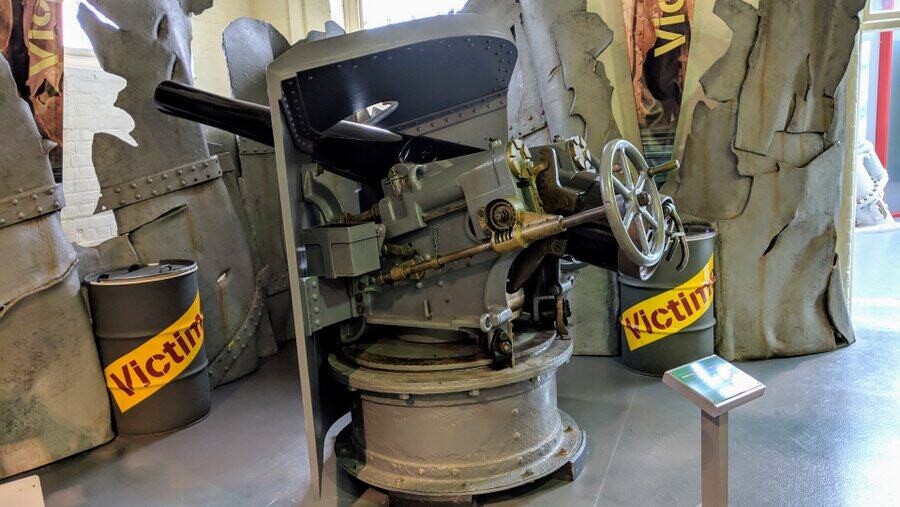
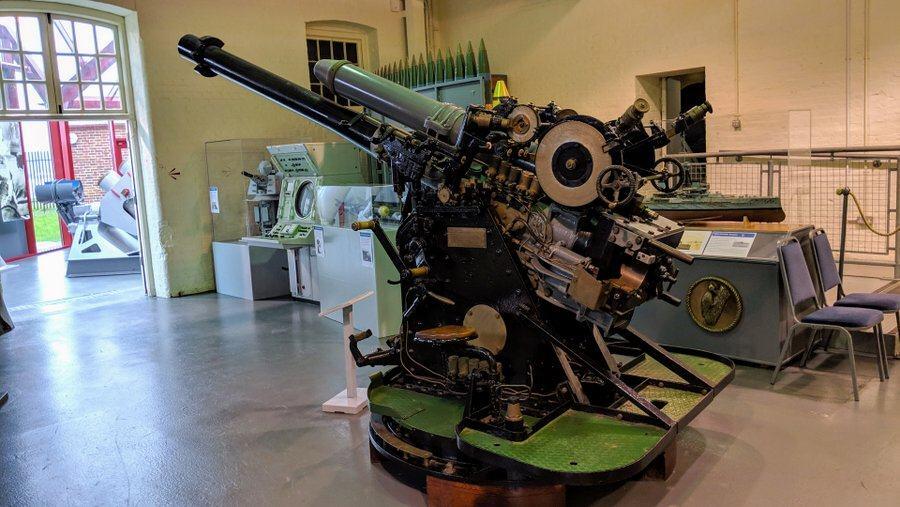
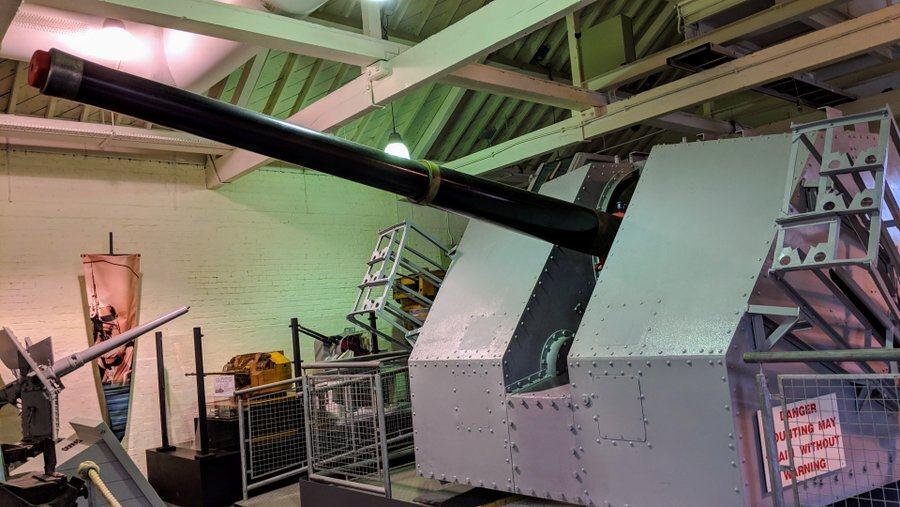
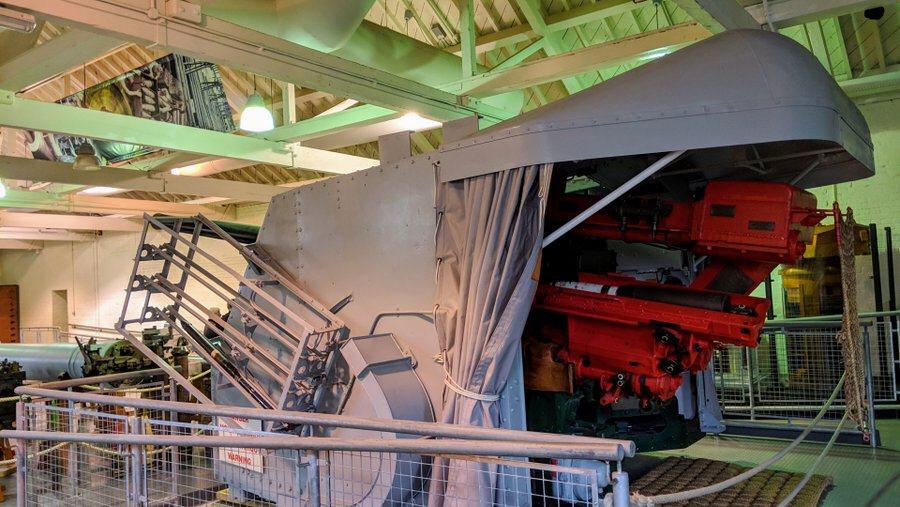
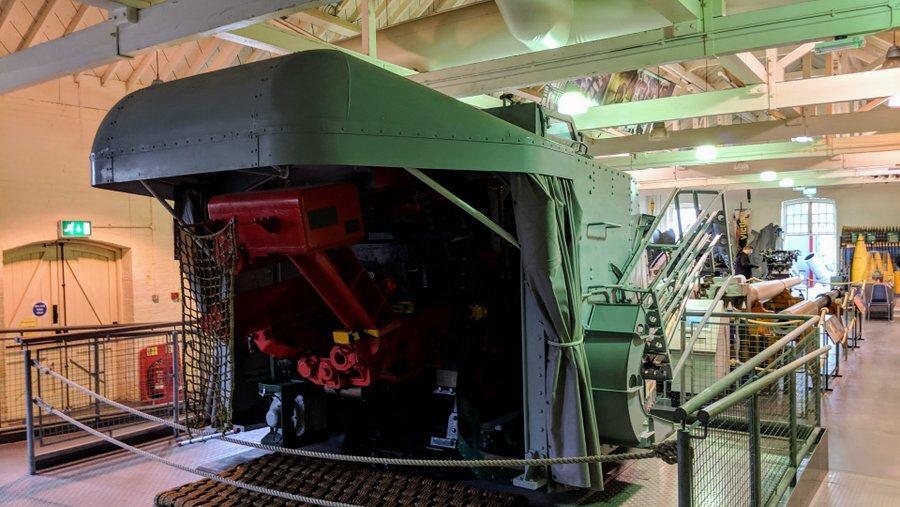
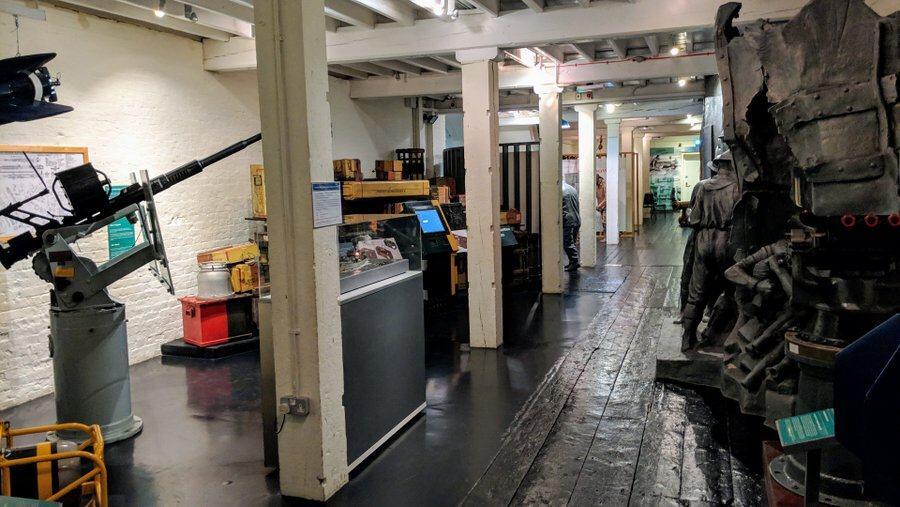
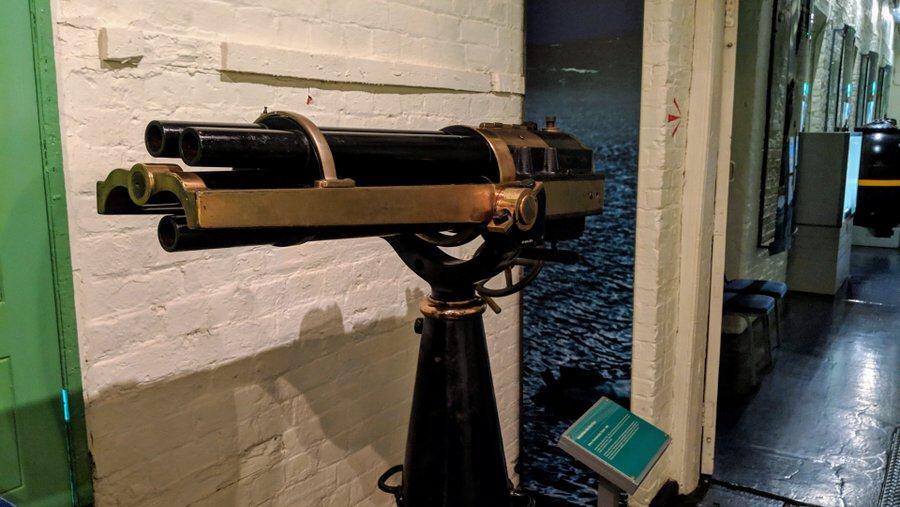
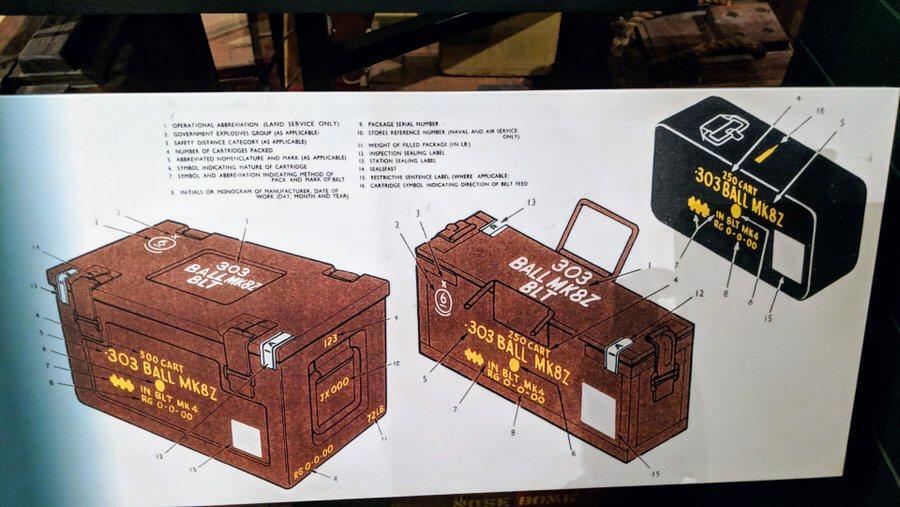
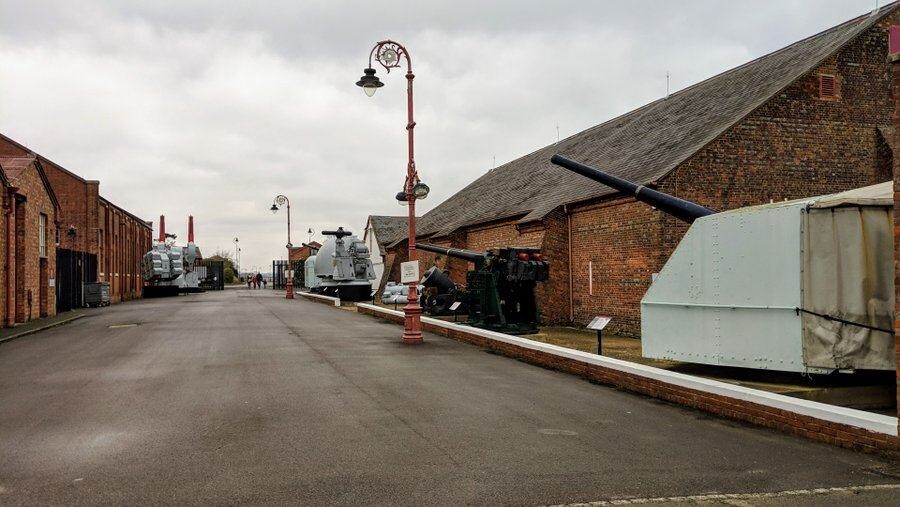
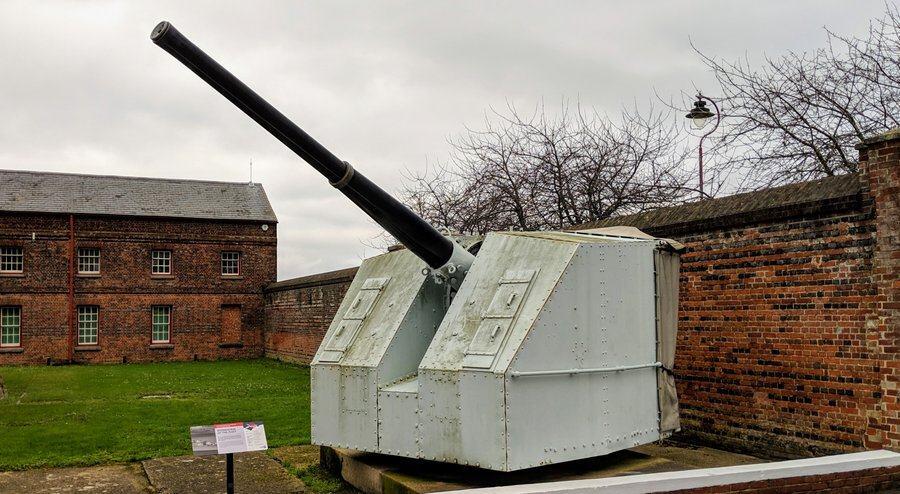
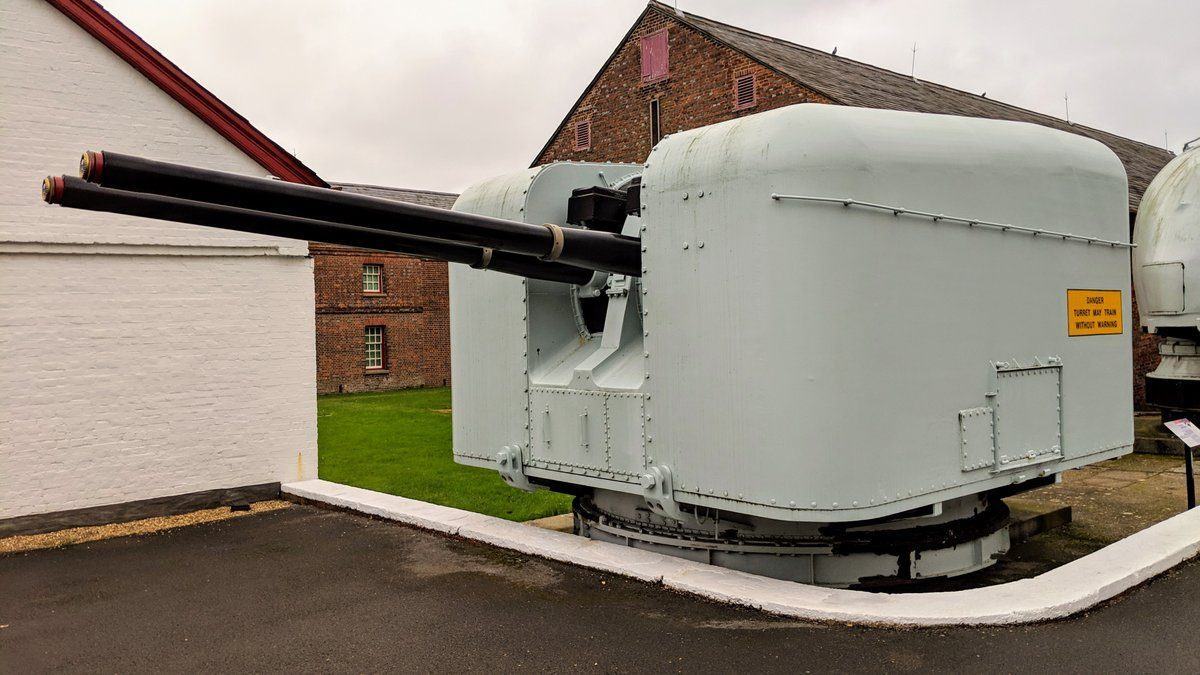
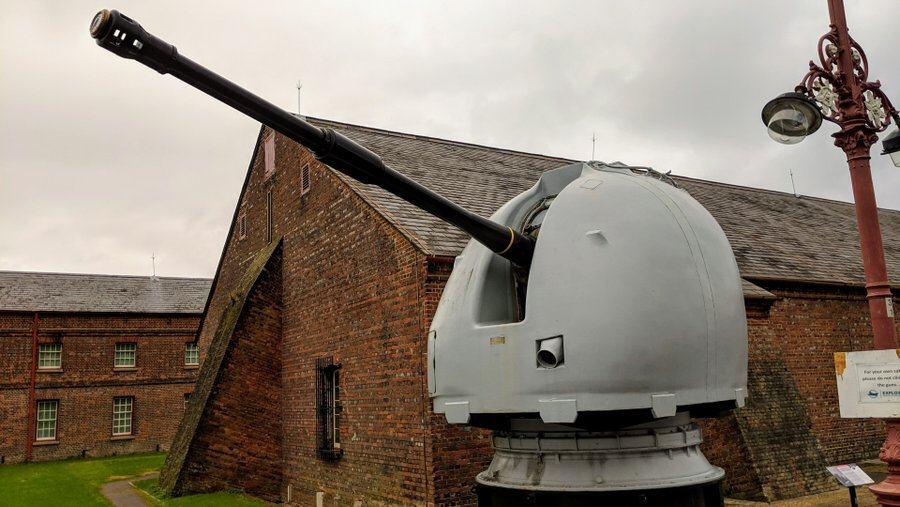
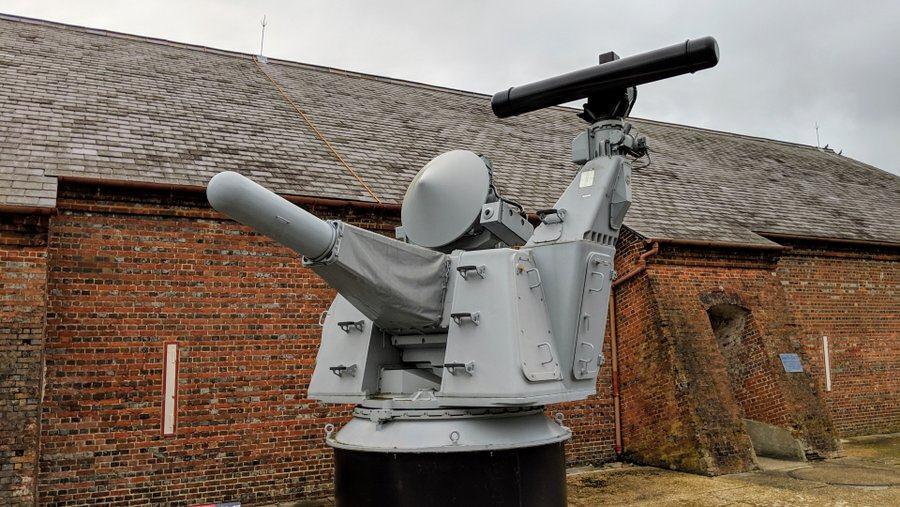
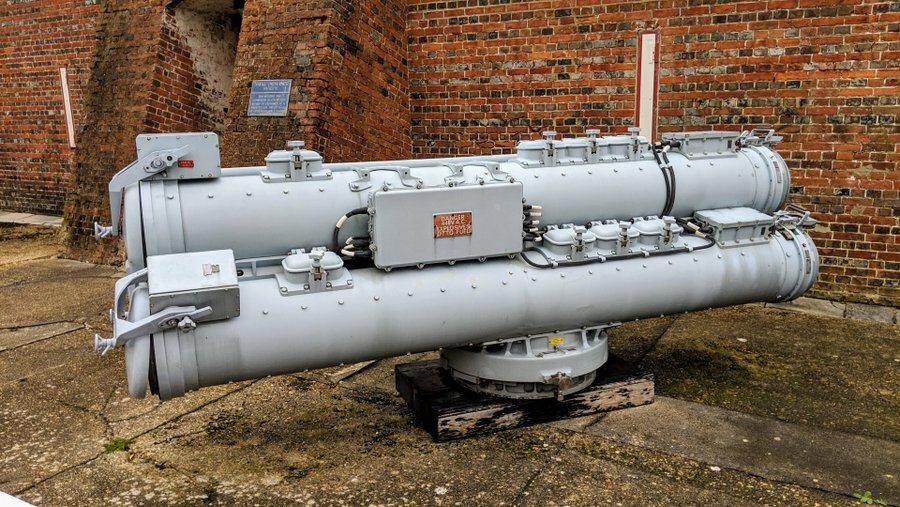
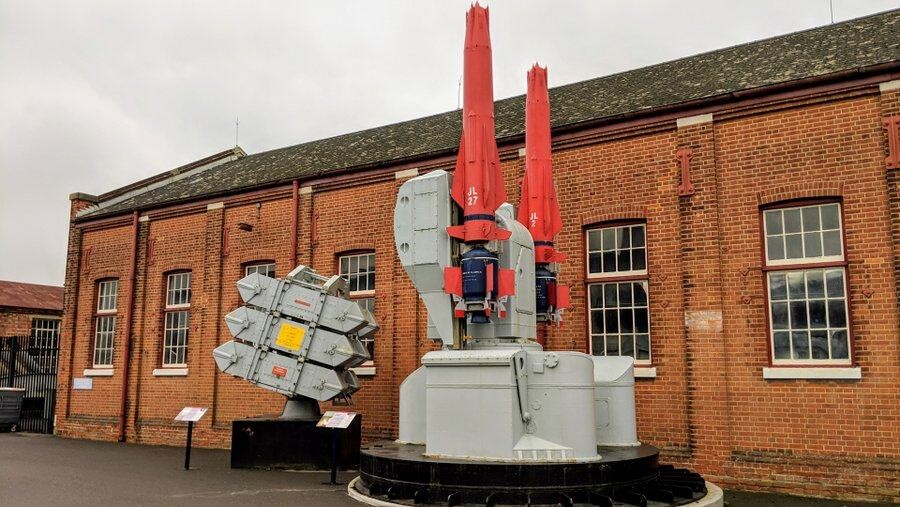



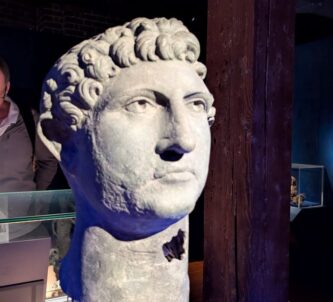
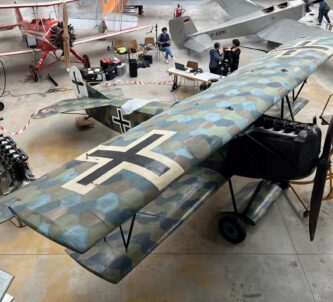

Hmmm, good question. I wasn’t really looking closely for that, but my memory is that some breeches had clearly been sealed. Some of the guns had their caps in place, so hard to know if they were plugged. Others looked un-touched but could have been deep plugged. Maybe there’s a National Museum of the Royal Navy curator/expat who can answer….
Hello Alastair, a general question;
Are museum pieces such as cannon, heavy machine guns and/or AAA pieces live? In other words do they retain an unmolested breech and barrel, or are they plugged and cut?
Just curious, several museums in Germany have unmolested weapons in them.